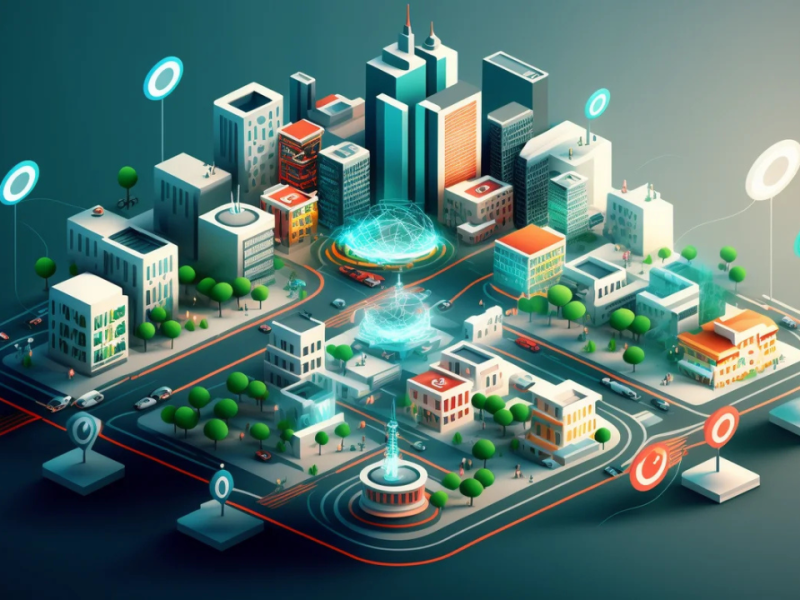Smart Cities Mission SPVs (SCM) was launched in 2015 to revolutionise urban development in India . With the initiative set to formally conclude in March 2025, its achievements have already reshaped India’s urban governance landscape. A significant part of this success is credited to the operational efficiency of Special Purpose Vehicles (SPVs) — entities that have not only delivered results but are now poised to continue playing a vital role in India’s urban future.
As of March 2025, over 93% of the 8,000 urban projects under SCM have been completed, and nearly ₹47,732 crore — a staggering 99.44% of the allocated ₹48,000 crore budget — has been disbursed. This near-complete implementation is a strong indicator of the effective planning, monitoring, and execution made possible through innovative institutional frameworks like SPVs and Integrated Command and Control Centres (ICCCs).
What Are SPVs and Why They Matter
Special Purpose Vehicles (SPVs) were set up under the Companies Act, 2013, functioning as joint ventures between State/UT governments and Urban Local Bodies (ULBs). Their core responsibility: to drive the implementation of SCM projects in their respective cities. But these entities evolved into much more than project managers.
By operating semi-autonomously and leveraging public-private partnership models, SPVs demonstrated agility and flexibility in managing complex infrastructure projects. From smart mobility solutions to digital governance and climate-responsive urban planning, SPVs showcased the ability to work efficiently, even in challenging urban ecosystems. Their success is now being recognized as a model worth continuing beyond SCM.
ICCCs: Urban Intelligence in Action
Supporting SPVs in their mission were Integrated Command and Control Centres (ICCCs) — high-tech nerve centers established in all 100 Smart Cities. These hubs play a crucial role in enabling data-driven urban governance, offering real-time monitoring and analytics across various services such as:
- Traffic management
- Public safety
- Solid waste disposal
- Disaster response
- Water and energy distribution
ICCCs consolidate information from multiple departments and provide a single point of decision-making, making cities not only smarter but more resilient and responsive to real-world conditions.
What Lies Ahead for Smart Cities Mission SPVs?
While the SCM officially concludes in March 2025, the journey for Smart Cities Mission SPVs and ICCCs is far from over. Recognizing their value, the Ministry of Housing and Urban Affairs (MoHUA) has issued an advisory encouraging states to repurpose and extend their operational roles. These include:
- Completion of Ongoing Projects: Finalizing the last stretch of projects and ensuring quality delivery.
- Operation and Maintenance Plans: Ensuring sustainability of assets through proactive O&M strategies.
- Strategic Future Engagements: Expanding their scope to support broader urban missions and State/Central government schemes.
Strategic Domains for Continued Engagement
The advisory outlines five key areas where SPVs can continue to contribute meaningfully:
- Technology Support: Guiding ULBs in managing urban data, cybersecurity, and adopting tech-enabled solutions.
- Project Implementation: Serving as implementation agencies for future urban and infrastructure projects.
- Consulting Services: Offering technical advisory services to state departments and local bodies based on their institutional expertise.
- Research and Assessment: Facilitating urban policy research, performance benchmarking, and evidence-based planning.
- Investment Facilitation: Structuring urban projects to attract public and private investments, driving economic development.
States are further encouraged to allow SPVs to charge fees for services, thereby promoting financial self-reliance and operational autonomy.
Institutionalizing SPVs into Urban Governance
The long-term vision of the government is clear — integrate SPVs and ICCCs into the regular governance frameworks of state and urban local bodies. This will ensure that the systems, skills, and infrastructure developed under SCM continue to benefit Indian cities for years to come.
The Smart Cities Mission may be drawing to a formal close, but the story of urban transformation in India is only beginning. With Smart Cities Mission SPVs at the forefront, the country is well-positioned to tackle the next generation of urban challenges — be it climate change, digital inclusion, or equitable growth.
India’s urban future looks smarter, more sustainable, and more inclusive — thanks in large part to the enduring legacy of SPVs and the Smart Cities framework.












